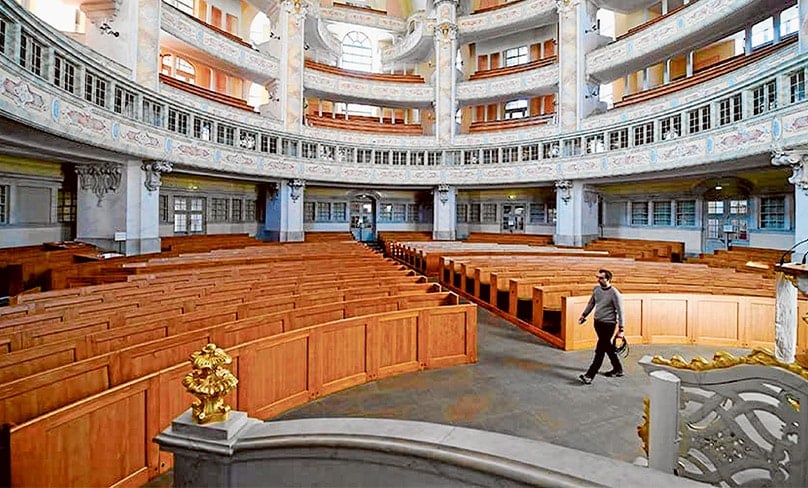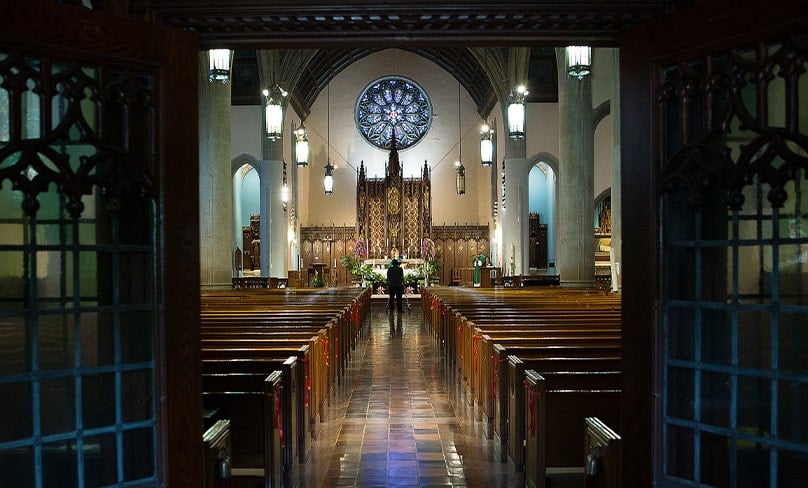
I was absolutely delighted to see that Dr Trudy Dantis, the Director of the National Centre for Pastoral Research (NCPR), is helping to write the Plenary Council Instrumentum Laboris.
The NCPR has been producing the National Count of Attendance – the approximate Sunday Mass attendance – every census year since around 2001.
Thanks to them, we know roughly how deep a demographic hole we’re in (short answer: very).
Archbishop Timothy Costelloe SDB of Perth has said that the Instrumentum will “challeng[e] the delegates to reflect carefully on the Scriptures and Tradition in order to propose realistic and authentically Catholic ways for the Church at all levels to respond to those urgent questions.”
These words – and Dr Dantis’s inclusion – give me hope that the Plenary Council will get realistic and authentic about the hard data.
I’ve said before that the numbers of Church employees – or kids in Catholic schools, or charity clients – aren’t measures of the health of the Church in Australia. The Church wasn’t founded to do any of these things.
The Church was founded to save souls by plugging individual people directly into the life of the Trinity – and thus into the living Body of Christ – through prayer and the sacraments.
Every single thing the Church does in the world is secondary to this purpose. If people aren’t plugged into the sacramental life of a local Church, then that Church is an empty shell and will quickly collapse.
There’s no point counting first Holy Communions or Confirmations, since Confirmation has become an ‘exit sacrament’ for young people and their families.

So we need a realistic estimate of ongoing sacramental life. Currently the best we have is the National Count of Attendance.
We’re still waiting for the NCPR’s detailed report on the 2016 count. The preliminary data confirmed that the average rate of Mass attendance in Australia is now likely to be 9.7 per cent for the 28 dioceses.
We can argue – and I do – about what factors have emptied our churches steadily since the 1960s. There’s no doubt that lots of different factors played their parts.
However, I did some scary maths a while back, and found that the single biggest numerical loss of practising Catholics is likely to have been caused by the Boomers’ parents dying – they were big churchgoers.
None of this is a secret. I found all this data online. It shouldn’t be that hard therefore for the Plenary Council to engage with hard numbers and their implications.
The Council’s Discernment Papers which were released recently seem to not address these realities.
I hope those writing the Instrumentum Laboris can find a way of addressing issues that clearly have an impact on the future of the Church.
This is where data is crucial. The Plenary map will lead us nowhere if it doesn’t relate to the actual state of the Church in Australia today.
We will be walking synodally into further confusion, poorly allocated resources, and plans for renewal that can’t work because they’re not grounded in realities.
